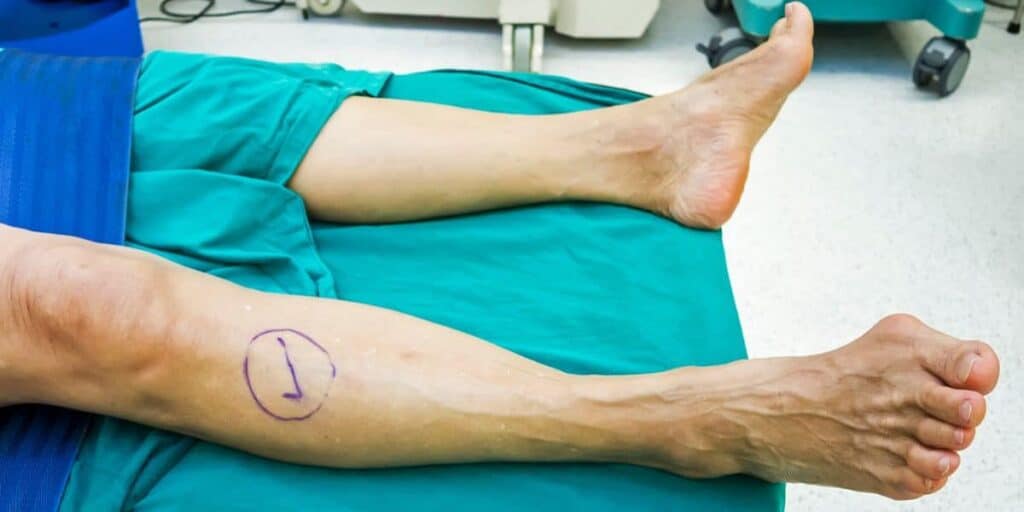Flat feet occur when the sole comes into near-complete or complete contact with the ground, rather than showing a visible arch. This physical condition is common and usually painless, but changes to the alignment of the foot and ankle can affect how the body absorbs impact or generates force. While many experience no adverse effects, some notice symptoms that may impact their ability to train and compete.
What Causes Flat Feet?
Genetics often plays a role in flat feet, especially when arches fail to develop fully during childhood. By school age, most children have developed arches in their feet. In some, the arch never forms, creating a lifelong flexible flatfoot. Medical conditions, such as arthritis, can sometimes impair the joints and ligaments of the feet, contributing to the development of this condition. Physical injuries to the foot or ankle can alter the bone structure, while higher body weight can increase pressure on the foot’s arch and gradually flatten it.
Who Needs Treatment?
Flat feet do not always require care. If there are no symptoms or limitations in movement, many individuals can participate in sports and daily life without restrictions. Treatment is most often sought when there is foot, ankle, or lower leg pain. Common symptoms associated with symptomatic flat feet include discomfort in the arch or heel, pain along the inner ankle, shin splints, or pain on the outer edge of the foot.
Diagnosis is made primarily through a clinical exam by a specialist, such as a podiatrist. The foot’s shape and function are assessed while standing. The medical provider may instruct the individual to stand on tiptoes, which can help distinguish between a flexible and a rigid flatfoot. Imaging is sometimes used to clarify the underlying cause or to assess the extent of any structural issues. X-rays can reveal bone alignment, while MRI scans provide a detailed view of tendons and ligaments.
How Is It Treated?
Management for symptomatic flat feet generally focuses on alleviating discomfort and improving mobility. Non-surgical options are effective for many individuals, especially athletes who wish to remain active. Orthotic devices are commonly recommended. These inserts help reposition the foot, distribute body weight across the sole, and reduce stress on muscles and tendons. The selection and fitting of orthotics are guided by a podiatrist based on specific foot structure and activity type. Supportive footwear is also recommended, with a focus on stability and motion control. Proper footwear helps correct foot posture and minimizes mechanical strain during physical activity.
Stretching and strengthening exercises can play a role in relieving symptoms. Physical therapy programs often include targeted routines designed by a therapist to address muscle imbalances and enhance foot function. Surgical intervention is pursued only in persistent cases where non-surgical strategies do not relieve symptoms or when structural abnormalities are severe. Surgical options may involve tendon repair, bone realignment, or joint fusion.
Speak Further With a Podiatrist
Athletes with flat feet may experience discomfort and mechanical challenges, though many remain symptom-free. A proper diagnosis can help lead one to proper treatment and pain alleviation. If you have ongoing pain or concerns about your foot structure, consulting with a podiatrist will help clarify your condition and guide an individualized management approach.

